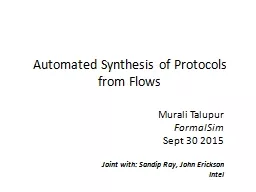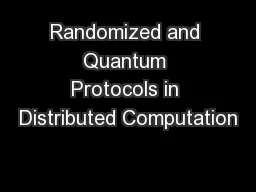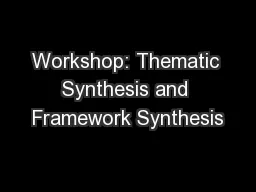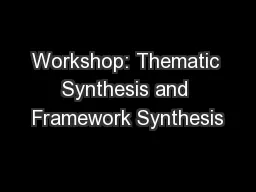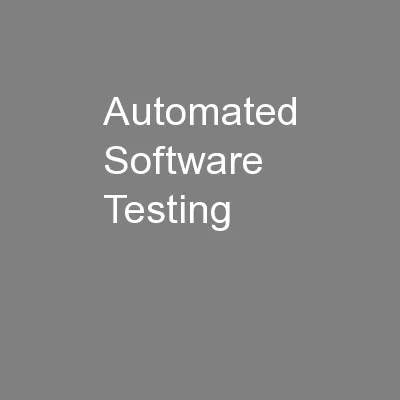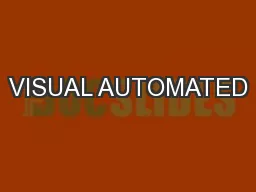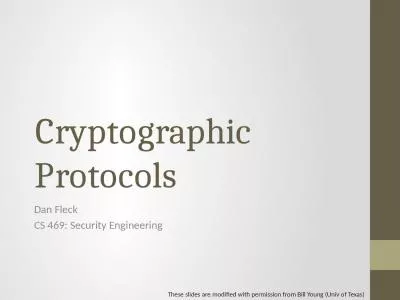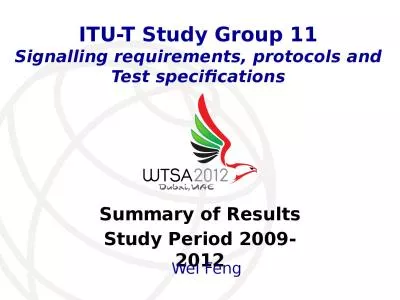PPT-Automated Synthesis of Protocols from Flows
Author : conchita-marotz | Published Date : 2017-04-19
Murali Talupur FormalSim Sept 30 2015 Joint with Sandip Ray John Erickson Intel Skyscrapers and blueprints Who builds skyscrapers without blueprints Leslie Lamport
Presentation Embed Code
Download Presentation
Download Presentation The PPT/PDF document "Automated Synthesis of Protocols from Fl..." is the property of its rightful owner. Permission is granted to download and print the materials on this website for personal, non-commercial use only, and to display it on your personal computer provided you do not modify the materials and that you retain all copyright notices contained in the materials. By downloading content from our website, you accept the terms of this agreement.
Automated Synthesis of Protocols from Flows: Transcript
Download Rules Of Document
"Automated Synthesis of Protocols from Flows"The content belongs to its owner. You may download and print it for personal use, without modification, and keep all copyright notices. By downloading, you agree to these terms.
Related Documents

